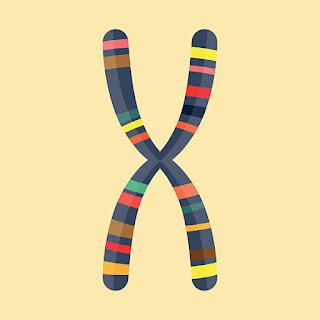What is Difference Between Solute and Solvent
Solute and solvent
Solute and Solvent are the a part of the answer where the dissolved matter in any solution or mixture is named because the solute, while the liquid or gas that dissolves another liquid, solid or gas is named because the solvent.
A solution are often defined because the homogenous mixture of two or more substances. So during a solution, the substance which gets dissolved is solute, whereas solvent is that the substance during which the solute will dissolve. There are many products in day to day life prepared by the mixture of 1 or many solutes and solvents and form an answer . These products are medicines,tea, coffee, juice , etc.
The homogenous mixture is that the solution during which the solutes dissolve completely and uniformly into the answer . While solubility is that the ability of the substance to dissolve into another substance. In this article, we'll discuss the difference and characteristics of the solute and solvent.
BASIS FOR COMPARISON SOLUTE SOLVENT
Meaning The substance that gets dissolved within the solvent during an answer is known as because the solute; the solute is present within the lesser amount than the solvent. The substance that dissolves the solute during an answer is known as because the solvent; the solvent is present within the upper amount than the solvent.
Boiling point The boiling point is above solvent. it's but that of solute.
Physical state Found in solid, liquid or gaseous state. Mainly within the liquid state, but are often gaseous also .
Dependability Solubility depends on the properties of the solute. Solubility depends on the properties of the solvent.
Definition of Solute
A substance dissolved during an answer is known as because the solute. A solute are often solid, liquid or gas, though mostly it is a solid compound. Salt in seawater, sugar in water, and oxygen within the air are the few typical example of the solutes. The solute dissolves within the solvent only the attractive forces between the two is stronger enough, which can overcome molecular forces holding the particles, i.e. solute-solute and solvent-solvent particles together.
Although the solute holds the minor amount within the answer , as compared to the solvent. But there's the condition within the answer called as saturation, during which the solvent isn't able to dissolve any more solute.
Example of a solute and solvent are often explained by considering a cup of tea. dry milk and sugar are dissolved in predicament . Here predicament is that the solvent and dry milk and sugar are solutes.
Characteristics of the Solute
Solute have higher boiling points than solvent.
These are often solid, liquid or gas.
By increasing the world of the particles of the solute, the solubility will increase. The solid particles are broken into smaller pieces.
In case of gaseous solutes, the solubility is affected by the pressure, besides the number and temperature.
Definition of Solvent
The solute is dissolved within the solvent. It can also be defined because the substance during which different substances or compounds dissolved to become a solution . Solvent occupies the most portion of a solution . These are usually liquids.Water is claimed to be the foremost common solvent in lifestyle because it's the potential of dissolving any (gas, solid or liquid) substances then also called as a alkahest . the foremost thumb rule of the solubility is “like dissolve like“.
Solvents are often divided as Polar and Non-Polar.
Polar solvents have high dielectric constant and have one or more electronegative atoms like N, H or O. Alcohols, ketones, carboxylic acids, and amides are the common samples of the functional group present in polar solvents. Polar solvents are made up of polar molecules and should dissolve polar compounds only.
The Polar solvent is further divided as polar protic solvents and polar aprotic solvents. Water and methanol are polar protic molecules as they're capable of forming the bond with the solutes. On the other hand, acetone is claimed as polar aprotic solvent as they're incapable of forming the bond with the solute, but create dipole-dipole interactions with the ionic solutes.
Non-polar solvents contain bonds with similar electronegative atoms like C and H. These are made up non-polar molecules and should dissolve non-polar compounds or solutes.
Characteristics of the Solvent
Solvent has the low boiling point and gets easily evaporate.
Solvent exists as liquid only but are often solid or gaseous also .
The commonly used solvents contain the carbon element and hence called as organic solvents, while others are called as inorganic solvents.
Solvents have characteristic color and odor.
Acetone, alcohol, gasoline, benzene, and xylene are the commonly used organic solvents and are of great importance in chemical industries.
Solvents are also utilized in regulating the temperature during an answer , either to take in the heat generated during some reaction or to
enhance the speed of the reaction with the solute.
Key Differences Between Solute and Solvent
Solute are often defined because the substance that gets dissolved by the solvent during an answer , while the substance that dissolves the solute is known as because the solvent. Therefore the solute is present within the lesser amount than the solvent.
Solute are often found in solid, liquid or gaseous state, while the solvent is particularly found within the liquid state, but are often solid or within the gaseous
state also .
The boiling point is higher of the solute than solvent. The properties of both solute and solvent are interdependent of each other.
Solutes and solvents are the substance not used only in chemical laboratories, but they're the a neighborhood of the day to day life. a solution contains only two components, which are solute and solvent. Solvent has the potential of dissolving the solute during a uniform solution.



Comments
Post a Comment